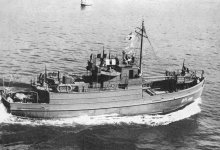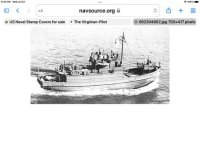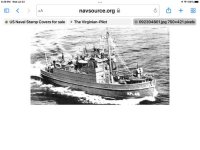THE PILGRIM
Member
Sometimes even us Trivia Buffs are surprised at what we find on the InterWeb.
Like - The largest known Wooden Ship ever built was the - WYOMING!
Six Mast Schooner, 450 feet long, built in Maine from Pine, flexed in High Seas, entire crew of 14 lost when She went down.
Wyoming (schooner) - Wikipedia.
Like - The largest known Wooden Ship ever built was the - WYOMING!
Six Mast Schooner, 450 feet long, built in Maine from Pine, flexed in High Seas, entire crew of 14 lost when She went down.
Wyoming (schooner) - Wikipedia.







